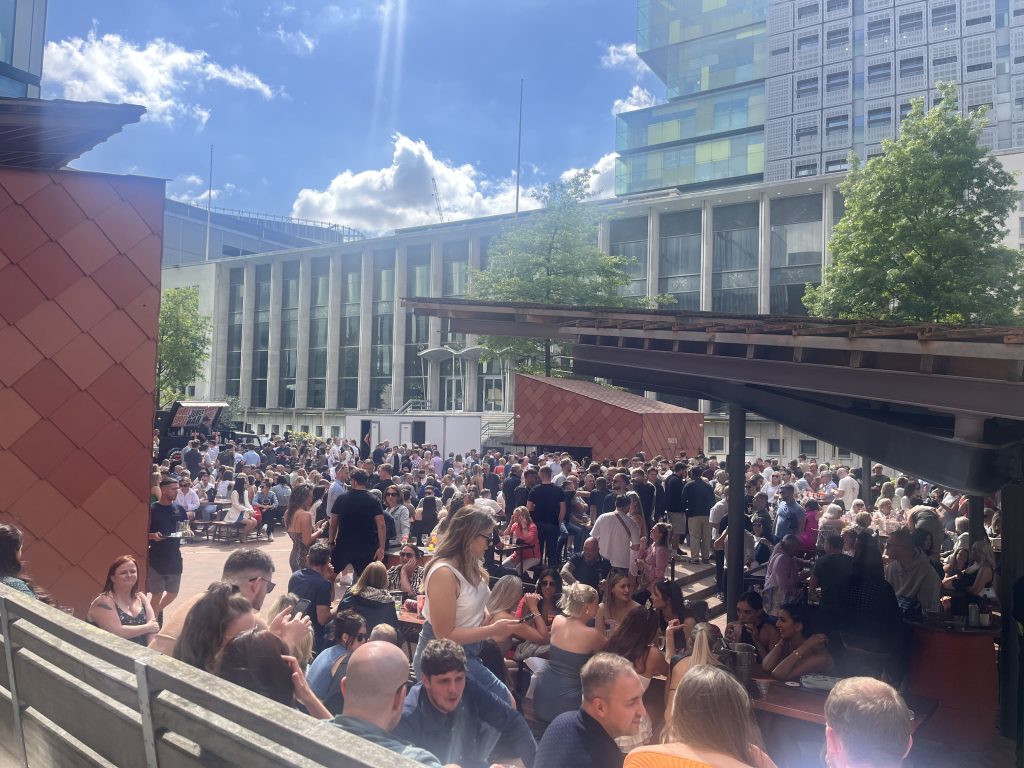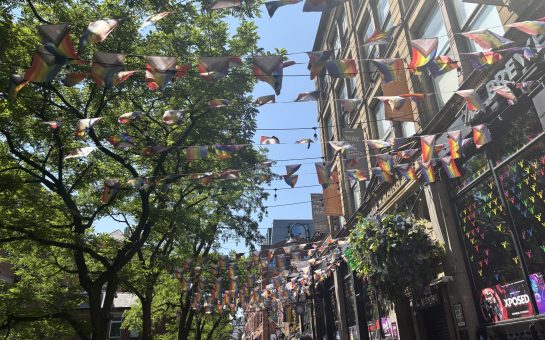Last July was the wettest in the last four years in Manchester – so what do previous summers tell us about what we could expect for the coming months?
The Euros have started, the beer gardens are full, summer is in full swing, but it doesn’t always feel that way here in Manchester as locals, visitors and businesses still must endure a constant of Manchester life: the rain.
Met Office data, obtained by a Freedom of Information (FOI) request, showed that July 2023 was the wettest summer month in Manchester (specifically the office’s rain gauge at Heaton Park) since 2020 with 271.7 mm in of rainfall – more than the combined summer total from June to August for 2021 and 2022.
July 2023, which had just five rain-free days, had almost 40% more rainfall than the monthly average precipitation for North West England and North Wales (196.2mm).
And that summer overall – June, July and August 2023 – had only 29 rain-free days, so less than a third of Manchester’s summer was rain-free.
Hospitality venues that have outdoor seating can be heavily impacted by Manchester’s fluctuating summers.
The Oast House in Spinningfields is a bar and restaurant with a vast courtyard area which gets extremely busy on sunny days.
Their capacity increases tenfold, with their small indoor space able to host between 100-150 people and then with the outside area also open their number of covers increases by one thousand.

Assistant General Manager Alicia Hawkins said: “With most of our seating outside it means that on the sunny days we are super busy, and we make a lot of money – and then on the quieter days most of our actual seating isn’t useable, so it impacts us quite a lot.
“It means that the highs are really high, and the lows are really low when it comes to sales and we’re extremely weather dependant.”
Rainfall has fluctuated over the past few summers, with summer 2022 reporting the lowest total rainfall with a combined total of 142.6mm.
Yet summer 2021 had the most rain-free days with 54 days reporting 0.0mm of rain – over half of the summer was rain-free.
It’s hard to know exactly what this summer has in store for us this year, but looking at the Met Office’s figures for spring provides more insight.
The average total precipitation in England North West and North Wales for winter 2024 (December 2023 to February), was 542.6mm – 56% higher than 2023.
For spring 2024 (March to May) the regional figure for average rainfall was 380.7mm – a 68% increase on spring 2023.
If this pattern is repeated for summer then we could see an increase on last year’s soggy summer which was the wettest since 2020.
That would make this summer even wetter than last year.
Jim Dale is a senior meteorological consultant and founder of British Weather Services, the longest established independent meteorological company in the UK.
Dale, who was born in Manchester, said:
“We live in a temperate climate and that means that you can’t necessarily map on one year to the next and particularly one month to the next.
“We have interchangeable weather even in summertime. Rainfall is one of those things that ebbs and flows depending on where the highs and the lows are.
“The expectation would be that if you’ve had a bucketful during the spring, the dry periods become more likely simply because they’re overdue.
“We don’t stay in wet forever so it stands to reason if you go through the spring and that period is wet or very wet or record wet, then at a certain point there will be a switch point. But it can only be expectation because nothing can be taken for granted in terms of the next step.”
Feature image credit: Zohaib Alam




